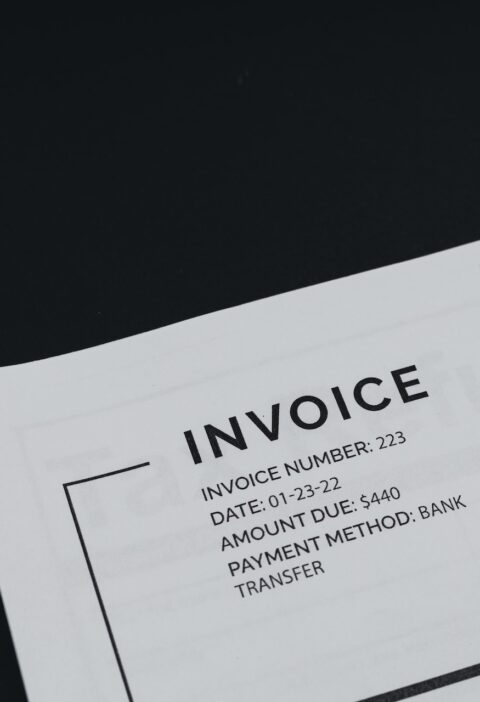We all know the importance of saving for our golden years. But not all of us know how to plan for retirement. As of 2019, 15% of Americans had nothing set aside for retirement.
And while that may not describe you, your plan for retirement may still have blind spots you haven’t considered. You may have maxed out your 401(k) and IRA contribution, but if you don’t have a dedicated retirement health savings plan you’re missing out on some of the most efficient retirement planning tools.
To help you fill in those gaps, let’s take a look at these key steps to adding a healthcare component to your retirement savings plans.
1. Set Money Aside Exclusively for Healthcare
The first step to planning for future healthcare is to set a target for how much you need to save and start earmarking money for that purpose.
So how much do you need, exactly? Unfortunately, there’s no getting around the fact that you’ll probably need extensive healthcare in your later years. Routine checkups and procedures, hospital bills, prescriptions, and even home health care or nursing home expenses are all possible expenses you need to consider.
All told, an average retired couple aged 65 may need $300,000 earmarked for future healthcare. And depending on your age and when you plan to retire, you’ll need to factor inflation into your plans as well.
2. Take Full Advantage of Retirement Health Savings Plan Benefits
One of the most potent tools retirement savings tools is what’s called a health savings account (HSA). It’s a savings scheme that can be used to pay for future healthcare costs as well as help you sock away a little extra money for retirement.
As of 2022, families can put up to $7,300 into an HSA, or $3,650 for an individual. The biggest perk to using an HSA is that these contributions are 100% tax-deductible. And any money not spent on healthcare may continue to be invested and grow over time.
Funds distributed to pay for qualified medical expenses are also tax-exempt, so this type of account lets you double-dip on the tax benefits.
3. Have a Plan for Final Expenses
No one likes to think about making final arrangements. But settling your plans now can help alleviate grief for your loved ones in the future. Especially when it comes to making sure that they’re financially taken care of.
As of 2021, the average cost of a funeral was $8,000 – $10,000. And that’s before you factor in any other final expenses or loss of income that your loved ones may be saddled with.
For your loved ones’ sake, life insurance needs to be part of your plans for the future.
Fortunately, you have options, even if your health isn’t what it once was. Taking advantage of no medical exam life insurance can ensure that those close to you will be taken care of.
Start Financial Planning for Retirement Today
Financial planning for retirement can be a complex undertaking. But you want to do your due diligence now, lest you find out you left a hole in your plan later on.
Formulating a retirement health savings plan now can help you to protect yourself from one of the leading causes of financial duress late in life. But it’s only one aspect of creating a rigorous retirement plan.
For everything you need to know to make sure you can enjoy your golden years on your terms, be sure to keep up with our latest financial guides and advice.







